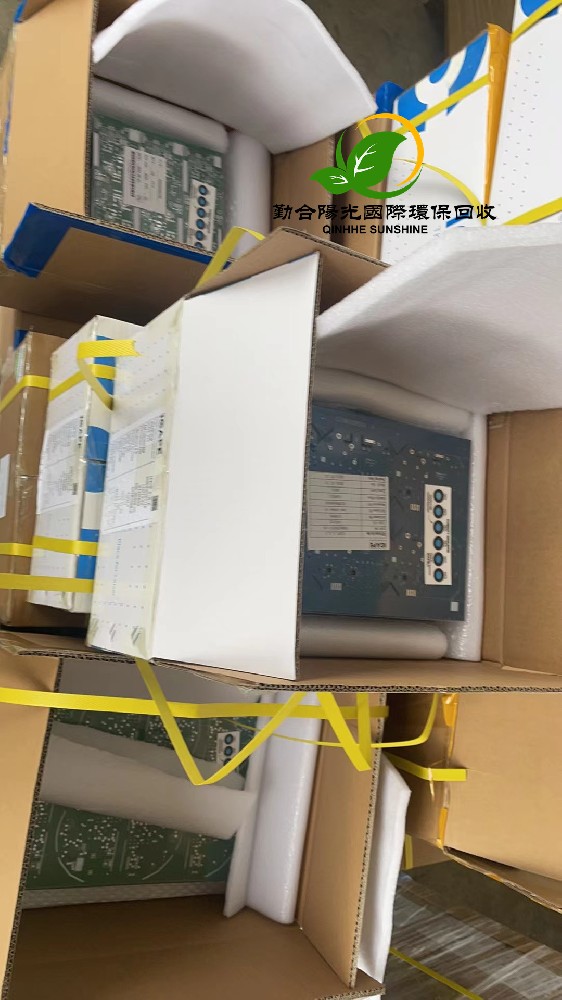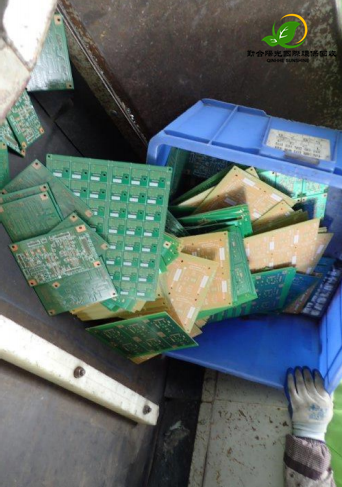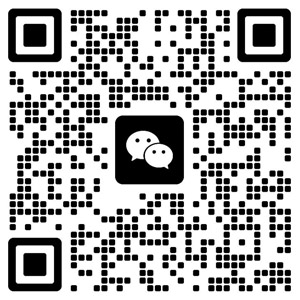A printed circuit board (PCB for short) is an essential part of electronic devices. It provides mechanical support and electrical connections for electronic components. The structure of a printed circuit board is complex and precise, mainly consisting of the following parts:
1. Substrate
The substrate is the foundation of the printed circuit board, usually made of insulating materials, such as fiberglass-reinforced epoxy resin (FR-4). The substrate has good insulation properties, mechanical strength, and thermal stability.
2. Conductive Layer
The conductive layer is usually composed of copper foil, which covers one or both sides of the substrate. Specific circuit patterns are formed through a chemical etching process. These patterns include wires, pads, and vias, etc., which are used to connect electronic components.
3. Pads
Pads are the parts on the conductive layer used for soldering the pins of electronic components. They are usually wider than the wires to ensure the stability of soldering.
4. Vias
Vias are small holes on the printed circuit board, and the inner walls are coated with conductive materials, which are used to connect circuits on different layers. Vias can be through holes, blind holes, or buried holes, which penetrate the entire board thickness, connect from the outer layer to the inner layer, or connect only between the inner layers respectively.
5. Solder Mask
The solder mask is a protective coating covering the conductive layer, usually green. It is used to prevent solder short circuits during soldering and to protect the circuit from environmental influences.
6. Silkscreen
The silkscreen is the text and symbols printed on the surface of the printed circuit board, which are used to mark the positions, polarities, and other important information of the components.
7. Components
Components are the electronic parts installed on the printed circuit board, such as resistors, capacitors, integrated circuits, etc. They are fixed on the pads by soldering and connected to each other through the circuit patterns.
8. Lamination Structure
Multilayer printed circuit boards are made by laminating multiple single-layer or double-layer printed circuit boards together through a hot pressing process. Each layer is connected by vias to form a complex circuit network.
The design and manufacturing of printed circuit boards is a highly specialized process that requires precise engineering calculations and sophisticated processing techniques. With the development of electronic technology, printed circuit boards are evolving towards higher density, higher performance, and smaller size.
Environmental-friendly Recycling of Printed Circuit Boards: Protecting the Lucid Waters and Lush Mountains and Building a Green Future Together
Printed circuit boards are the core components of electronic products. With the accelerating pace of the renewal and replacement of electronic products, the number of discarded printed circuit boards has increased sharply. These discarded printed circuit boards contain a large amount of heavy metals and toxic substances. If not properly disposed of, they will cause serious pollution to the soil, water sources, and air. Environmental-friendly recycling of printed circuit boards has become an inevitable choice for protecting the ecological environment and achieving sustainable development.
Currently, the printed circuit board recycling industry in China is facing problems such as backward technology, low recycling rate, and serious pollution. A large number of discarded printed circuit boards are casually discarded or disposed of in a simple and rough way, resulting in resource waste and environmental pollution. This situation not only threatens the safety of the ecological environment but also restricts the sustainable development of the electronics industry.
Environmental-friendly recycling of printed circuit boards has significant environmental and economic benefits. Through professional recycling and processing, precious metals such as gold, silver, and copper can be extracted, achieving the recycling of resources. At the same time, it can reduce heavy metal pollution and lower the cost of environmental governance. Data shows that for every ton of discarded printed circuit boards recycled, 4 tons of ore mining can be reduced, 1.5 tons of standard coal can be saved, and 3 tons of carbon dioxide emissions can be reduced.
Promoting the environmental-friendly recycling of printed circuit boards requires the joint efforts of multiple parties. The government should improve relevant laws and regulations and strengthen supervision; enterprises should adopt advanced technologies and build professional recycling and processing facilities; the public should raise their environmental awareness and actively participate in recycling activities. Only by forming a recycling system with government guidance, enterprise as the main body, and public participation can the healthy development of the printed circuit board recycling industry be achieved.
Environmental-friendly recycling of printed circuit boards is a systematic project that requires technological innovation, institutional improvement, and concept renewal. Let's take action hand in hand to jointly promote the environmental-friendly recycling of printed circuit boards and contribute to protecting the ecological environment and building a beautiful China.
我的WhatsApp:69536972-郵箱:martin.hyq88@gmail.com


 繁體中文
繁體中文 简体中文
简体中文 English
English




 咨询热线
咨询热线 公司邮箱
公司邮箱 地址导航
地址导航

